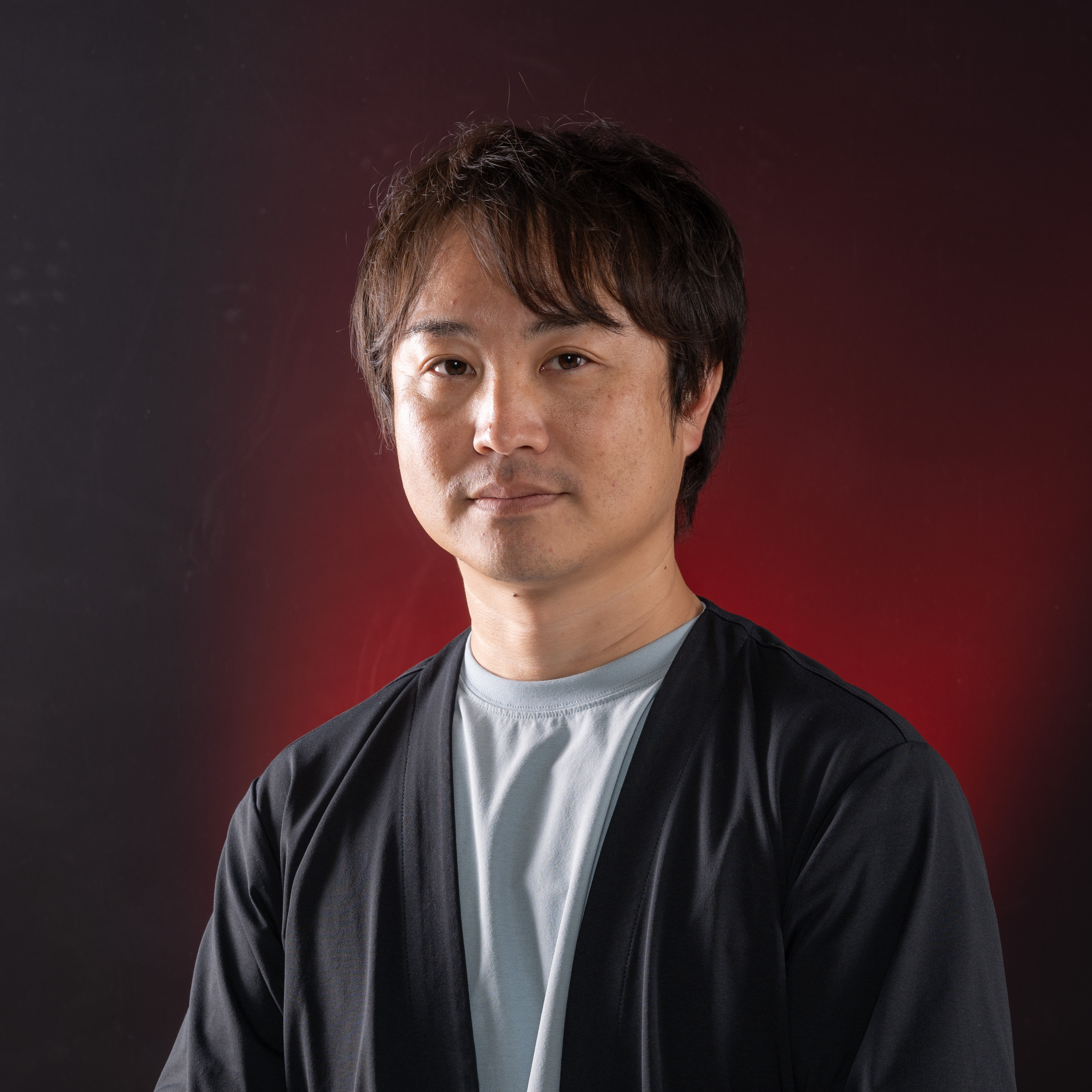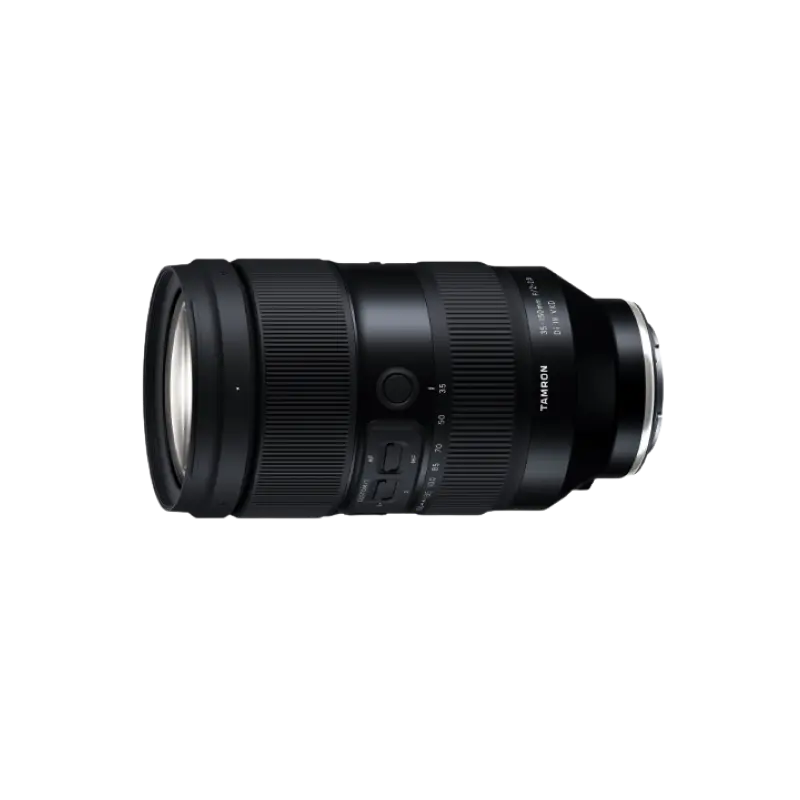June 21, 2024
Exploring the starry skies captured with [Astro Focus Lock], a revolutionary new feature of the TAMRON Lens Utility that solves the issues encountered with astrophotography
Exploring the starry skies captured with [Astro Focus Lock], a revolutionary new feature of the TAMRON Lens Utility that solves the issues encountered with astrophotography
![Exploring the starry skies captured with [Astro Focus Lock], a revolutionary new feature of the TAMRON Lens Utility that solves the issues encountered with astrophotography Exploring the starry skies captured with [Astro Focus Lock], a revolutionary new feature of the TAMRON Lens Utility that solves the issues encountered with astrophotography](/global/consumer/article_file/file/1_TOP.jpg)
![Exploring the starry skies captured with [Astro Focus Lock], a revolutionary new feature of the TAMRON Lens Utility that solves the issues encountered with astrophotography Exploring the starry skies captured with [Astro Focus Lock], a revolutionary new feature of the TAMRON Lens Utility that solves the issues encountered with astrophotography](/global/consumer/article_file/file/1_TOP.jpg)
Exploring the starry skies captured with [Astro Focus Lock], a revolutionary new feature of the TAMRON Lens UtilityTM that solves the issues encountered with astrophotography.
The first photo: Focal length: 20mm Exposure: F2.8 Shutter Speed: 13sec ISO: 6400 Camera: Sony α7 IV, Photoshop CC image processing
The three principles of photography are 1. focus, 2. exposure, and 3. composition. If you nail 1 and 2, you can produce something that will be accepted as a photograph. But in the area of astrophotography - the photography of starry skies - nailing those two principles can be decidedly tricky, and many photographers have issues to solve them. In particular, achieving focus can vary depending on the performance and its focal length of a lens, and the shooting conditions. Due to my role as a YouTuber, many people have sought my advice regarding their focusing issues, but I have not yet found a way to solve all their problems perfectly. That was until TAMRON developed a feature that could be an answer to all those troubles. I’m referring to [Astro FC-L (Astro Focus Lock)], a new feature available through the TAMRON Lens Utility.
The method for achieving the proper focus in astrophotography is to enlarge a bright light source (a star or streetlight, etc.) and use manual focusing to make that light source appears as small as possible. That’s easy to describe on paper, but in practice it is quite difficult. Even in total darkness it can be quite hard to make things out looking at an LCD monitor. Photographers’ eyesight can also vary, and focus can also be affected by the air temperature and humidity. And no doubt many photographers have had the experience of initially getting the focus right, continuing to shoot for an extended period, only to notice after getting home and checking their photos that they had taken a lot of out-of-focus shots. And shooting astrophotography with standard or more telephoto lenses instead of wide-angle lenses is more difficult. Sometimes it is hard to focus on a light source when you touch the focus ring and cause camera shake, while at other times, there may be no bright stars to focus on within the area to be photographed, resulting in a lack of any reference on which to focus.
"The North America Nebula"
*While astrophotography usually involves the use of strong image processing, moderate processing has been employed in order to showcase the performance of the lens.
An effective means to solve these troubles is [Astro FC-L], the new feature offered through the TAMRON Lens Utility introduced in this article. Lenses have a designed infinity focus point. This is referred to as the “optical infinity focus”. The [Astro FC-L] feature can be used with TAMRON lenses equipped with a USB-C port. By connecting the lens to a computer or Android smartphone, an application can recognize the lens information and focus the lens to its optical infinity focus point with a single tap. The feature is easy to use, and with the mobile version, you connect the lens to an Android device via a USB cable and simply tap the [Astro FC-L]. This will instantly focus the lens to its optical infinity focus point. What you have to do after that is to set the exposure and click the shutter. The first time I used this feature, I was surprised at its convenient and simple operation.
If your lens is equipped with a Focus Set Button, you can set it to activate the [Astro FC-L]. This means that even without the Android smartphone, you can direct your lens to focus to its optical infinity focus point.
"Center of the Milky Way, near Bambi's profile"
I describe optical infinity as the designed infinity focus point because the position of infinity can change depending on the shooting environment. Latest lenses employ vibration compensation and autofocus mechanisms, and some lens elements move to control those mechanisms. When the air temperature decreases or the humidity rapidly increases, those lens elements may shift depending on the lens element material or its optical design, which causes shift of the focus position. I have experienced when a lens did not focus to true optical infinity at an air temperature of 1 °C (33.8°F). With [Astro FC-L], fine adjustments can easily be made even in these situations, and when you disengage [Astro FC-L], the focus can be adjusted from the application. This is another very handy feature. As you can see in the image below, the focus ring on the left handles major adjustments, and the focus ring on the right handles fine adjustments. Pinching the fine adjustment part enlarges the image, enabling even more precise focusing. Being able to adjust the focus without having to touch the lens while shooting outdoors strikes me as quite revolutionary.
With astrophotography, we sometimes use soft filters to make the stars appear more glamorous by making them larger and more diffused. This is also a factor that is affected by the air temperature and humidity, but under conditions where the air temperature was around 6 °C (42.8°F), I was able to adjust the focus to optical infinity without any issues. However, as I mentioned earlier, the focal point can change depending on the air temperature and humidity. I recommend regularly checking that your image is properly in focus while shooting.
The simple operation with a single tap to make the focus on the starry skies all the time. You can also adjust the focus without touching the focus ring on the lens while a lens heater is attached.
Focus adjustment of astrophotography have been an issue to many photographers who admire starry skies. I believe [Astro FC-L] of TAMRON Lens Utility will help them solving the trouble. I encourage everyone to make use of TAMRON’s revolutionary new software feature to take on the challenge of shooting the stars.
-

-
TAMRON Lens Utility
TAMRON Lens Utility is dedicated software that can customize functions and update the firmware of TAMRON lenses equipped with a Connector Port (USB Type-C) using a computer or a smartphone. Personalizing lens settings to match your shooting style allows you to be more creative and makes photography more fun.

Hiroyuki Narisawa
Born May 31, 1980. From Rumoi, Hokkaido. Currently living in Saitama Prefecture. Starry sky photographer, time-lapse creator, and YouTuber. Full member of the Japan Professional Photographers Society (JPS). Fujifilm Academy X instructor, Nikon NPS member. Holds numerous starry sky photography seminars at camera specialty stores and mass retailers across the country. Serialized articles in camera magazines and web magazines. Shoots general astronomical sky photography (starry sky and celestial bodies) and time-lapse of a wide range of subjects. He is particularly skilled at expressing the time-lapse of sunsets, stars, and sunrises, known as the "Holy Grail". After working at a photo studio and a telescope manufacturer, he became independent in April 2020. He began his activities as a YouTuber in earnest to hone his video shooting and editing skills. He strives to disseminate a variety of information.
Lens Featured in this Impression
-

-
20-40mm F/2.8 Di III VXD a062(Model )
The 20-40mm F/2.8 Di III VXD (Model A062) is a new large-aperture standard zoom lens that thoroughly pursues portability. While covering the range from the ultra-wide angle of 20mm to the standard range of 40mm, it is the smallest and lightest in its class. It also offers high image quality throughout the entire zoom range, making it useful not only for still image shooting but also for video recording such as vlogging. The VXD, which is quiet and agile, achieves high-speed, high-precision autofocusing. It is a new, unprecedented large-aperture standard zoom lens that allows users to easily enjoy taking out and shooting both still and video.
-

-
28-75mm F/2.8 Di III VXD G2 a063(Model )
Product Page | 28-75mm F/2.8 Di III VXD G2 (Model A063) is the second-generation fast-aperture standard zoom lens for Sony and Nikon full-frame mirrorless cameras, offering significantly improved optical and autofocus performance and new function customization.
-

-
35-150mm F/2-2.8 Di III VXD a058(Model )
The 35-150mm F/2-2.8 Di III VXD (Model A058) is a high resolution travel zoom lens that covers everything from the 35mm wide angle to the 150mm telephoto focal length, the first zoom lens achieving an aperture of F2 at the wide angle end. It has a groundbreaking fast-aperture and utilizes the linear motor focus mechanism VXD (Voice-coil eXtreme-torque Drive), thereby achieving high speed, high precision autofocusing. The innovative lens design enabled us to greatly improve the lens's grip and functionality. The software, developed in-house, enables to easily customize functions and to update firmware.

![Exploring the starry skies captured with [Astro Focus Lock], a revolutionary new feature of the TAMRON Lens Utility that solves the issues encountered with astrophotography Exploring the starry skies captured with [Astro Focus Lock], a revolutionary new feature of the TAMRON Lens Utility that solves the issues encountered with astrophotography](/article/article_file/file/astrophoto_hiroyuki_narisawa_tlu_02.webp)
![Exploring the starry skies captured with [Astro Focus Lock], a revolutionary new feature of the TAMRON Lens Utility that solves the issues encountered with astrophotography Exploring the starry skies captured with [Astro Focus Lock], a revolutionary new feature of the TAMRON Lens Utility that solves the issues encountered with astrophotography](/article/article_file/file/3.jpg)
![Exploring the starry skies captured with [Astro Focus Lock], a revolutionary new feature of the TAMRON Lens Utility that solves the issues encountered with astrophotography Exploring the starry skies captured with [Astro Focus Lock], a revolutionary new feature of the TAMRON Lens Utility that solves the issues encountered with astrophotography](/article/article_file/file/3-2.jpg)
![Exploring the starry skies captured with [Astro Focus Lock], a revolutionary new feature of the TAMRON Lens Utility that solves the issues encountered with astrophotography Exploring the starry skies captured with [Astro Focus Lock], a revolutionary new feature of the TAMRON Lens Utility that solves the issues encountered with astrophotography](/article/article_file/file/4.jpg)
![Exploring the starry skies captured with [Astro Focus Lock], a revolutionary new feature of the TAMRON Lens Utility that solves the issues encountered with astrophotography Exploring the starry skies captured with [Astro Focus Lock], a revolutionary new feature of the TAMRON Lens Utility that solves the issues encountered with astrophotography](/article/article_file/file/5.jpg)
![Exploring the starry skies captured with [Astro Focus Lock], a revolutionary new feature of the TAMRON Lens Utility that solves the issues encountered with astrophotography Exploring the starry skies captured with [Astro Focus Lock], a revolutionary new feature of the TAMRON Lens Utility that solves the issues encountered with astrophotography](/article/article_file/file/8.jpg)
![Exploring the starry skies captured with [Astro Focus Lock], a revolutionary new feature of the TAMRON Lens Utility that solves the issues encountered with astrophotography Exploring the starry skies captured with [Astro Focus Lock], a revolutionary new feature of the TAMRON Lens Utility that solves the issues encountered with astrophotography](/article/article_file/file/7.jpg)
![Exploring the starry skies captured with [Astro Focus Lock], a revolutionary new feature of the TAMRON Lens Utility that solves the issues encountered with astrophotography Exploring the starry skies captured with [Astro Focus Lock], a revolutionary new feature of the TAMRON Lens Utility that solves the issues encountered with astrophotography](/article/article_file/file/9.jpg)
![Exploring the starry skies captured with [Astro Focus Lock], a revolutionary new feature of the TAMRON Lens Utility that solves the issues encountered with astrophotography Exploring the starry skies captured with [Astro Focus Lock], a revolutionary new feature of the TAMRON Lens Utility that solves the issues encountered with astrophotography](/article/article_file/file/10.jpg)
![Exploring the starry skies captured with [Astro Focus Lock], a revolutionary new feature of the TAMRON Lens Utility that solves the issues encountered with astrophotography Exploring the starry skies captured with [Astro Focus Lock], a revolutionary new feature of the TAMRON Lens Utility that solves the issues encountered with astrophotography](/article/article_file/file/11.jpg)

